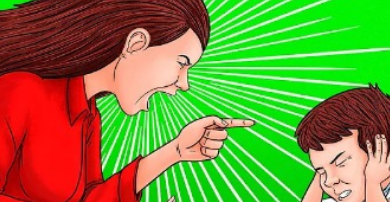Navigating the Scent Maze: Unveiling the Mathematical Wizardry of Worms

Animals frequently Wizardry of Worms depend on their sense of smell to locate food, as the first to reach a food source generally has a higher likelihood of survival. In a recent study published in Nature Communications, Dr. Alon Zaslaver, a neurogeneticist from Hebrew University of Jerusalem, and his team elucidate the intricate mathematical calculations employed by animals, including simple organisms like worms, in the pursuit of their next meal.
READ: Navigating Amsterdam’s Waterways: A Canal Cruise Experience
Dr. Zaslaver likens the process to the game “Hot or Cold.” He describes a scenario where one is in a vast dark house, and the scent of a freshly baked chocolate cake has just filled the air. To locate the cake, one would likely sniff around to determine the direction of the scent and start moving in that direction.
Wizardry of Worms
Worms, it turns out, utilize a similar “Hot or Cold” computation in their quest for food, with an additional layer of complexity. Initially, a neural cell detects the food scent and sets the worm on a specific course. As long as the scent intensity continues to increase, this neural cell remains active, guiding the worm to move forward. If the scent weakens, the cell instructs the worm to stop and explore alternative paths.
The recalibration of the route involves a second neural cell acting like Waze’s “recalculating route” function. This cell assesses “derivatives,” determining whether the odor intensity is positive (getting “hotter”) or negative (getting “colder”). A negative derivative signals that the worm is moving away from the chocolate cake, prompting the second cell to recalculate the route. Continuously computing new scent data, it analyzes whether the odor intensity is strengthening or weakening, guiding the worm based on these differential measurements.
According to Zaslaver and Hebrew University graduate students Eyal Itskovits and Rotem Ruach, this two-part system—initially charting a course based on the initial scent measurement and then conducting follow-up checks to assess changes in scent intensity—is not only an impressive feat for a worm but a highly intelligent and effective method in the search for food.
Zaslaver emphasizes the lesson these worms impart—that while quick solutions may be tempting when solving a problem, having a backup system to monitor the progress and ensure the direction is correct is crucial.




